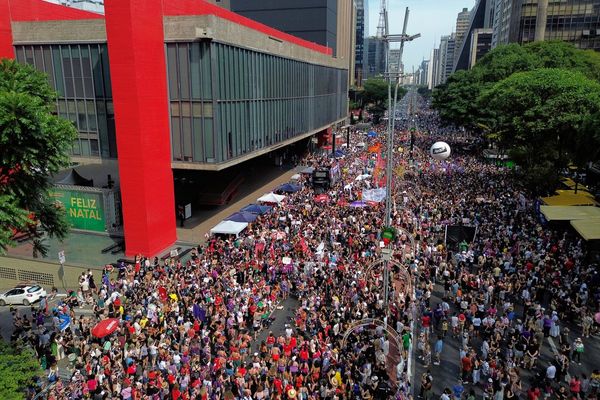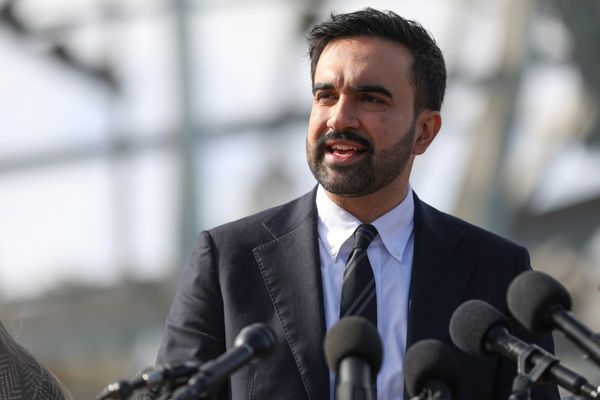
Annual ‘buy now, pay later’ aka BNPL spending in the U.S. is projected to hit a record $116.7 billion in 2025, according to eMarketer data highlighted in a post by market newsletter The Kobeissi Letter, highlighting how installment loans have become a mainstream way to finance everyday purchases.
What Happened: The post says the 2025 total would be about double 2022 and roughly seven times 2020, reflecting BNPL's rapid scale‑up from a niche checkout option to a broad consumer credit tool.
While eMarketer's earlier public write‑up last August projected 2025 BNPL payment value at $108.43 billion, the newer estimate points to even faster growth.
A growing share of Americans are using BNPL not just for electronics or apparel but for food. A recent LendingTree survey found 25% of BNPL users relied on the loans to buy groceries, up from 14% a year earlier, which is a stress signal that aligns with broader cost‑of‑living pressures.
The same survey also flagged a rise in late payments, with 41% of users saying they'd paid late in the past year.
Why It Matters: Federal Reserve data echo the strain. In its May report on household well‑being, the Fed said nearly one‑fourth of BNPL users were late making a payment in 2024, up from 18% the prior year. Research from the Kansas City Fed links late‑paying BNPL users to higher rates of financial constraints, suggesting the loans are increasingly a bridge for tight budgets rather than a convenience at checkout.
Risk is also migrating into the traditional credit system. FICO plans to incorporate BNPL activity into new credit scores starting in fall 2025, a change meant to give lenders more visibility into consumers' obligations as BNPL use spreads. Banks and credit analysts have warned that this could expose hidden leverage.
If 2025 reaches $116.7 billion, BNPL won't just be bigger, it will be harder for households, lenders and regulators to ignore.
Read Next:
Image via Shutterstock







